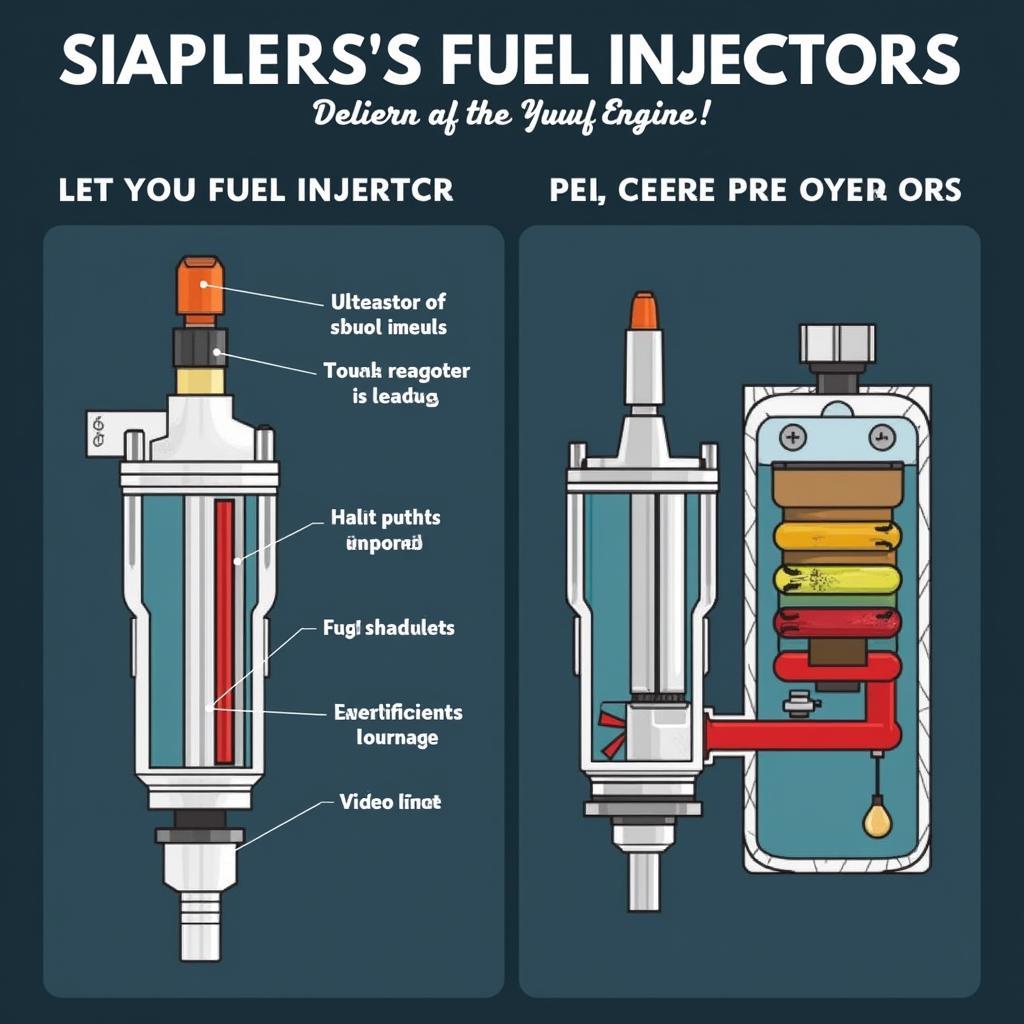Did Cars Used To Require a Lot More Servicing?
Yes, cars absolutely used to require a lot more servicing. If you talk to any classic car enthusiast or someone who remembers driving in the 70s or 80s, they’ll likely tell you stories of frequent oil changes, tune-ups, and other maintenance tasks that are much less common today. This article explores why Did Cars Used To Require A Lot More Servicing and how advancements in automotive technology have significantly reduced the need for such frequent maintenance.
Why the Frequent Trips to the Mechanic?
Several factors contributed to the higher maintenance demands of older vehicles. Older engine oils broke down faster, requiring more frequent changes. Carburetors, the predecessors to fuel injection systems, needed regular adjustments to ensure optimal performance. Points and condenser ignition systems also required frequent replacement. These are just a few examples of the components that contributed to the increased maintenance requirements of older vehicles. Did cars used to require a lot more servicing? Simply put, yes, due to the less durable and more mechanically complex nature of their components.
The Role of Materials and Technology
The materials used in older cars were not as durable as those used today. Engine components were more prone to wear and tear, and lubricants were less effective at protecting them. This meant that parts needed replacing or servicing more often. Technological advancements have led to more robust engine components, longer-lasting lubricants, and more efficient combustion processes, all of which contribute to reduced maintenance needs.
 Classic Car Engine Bay Showing Complex Components
Classic Car Engine Bay Showing Complex Components
The Impact of Lubricants
Older engine oils had a shorter lifespan and required changing every 3,000 miles or so. Modern synthetic oils, on the other hand, can last for 7,500 miles or even longer. This is a significant improvement that reduces the frequency of oil changes and the overall cost of car ownership. The advancements in lubricant technology have played a crucial role in answering the question, “did cars used to require a lot more servicing?”
The Evolution of Ignition Systems
The transition from points and condenser ignition systems to electronic ignition systems was a major leap forward in automotive technology. Electronic ignition systems are more reliable, require less maintenance, and deliver a more consistent spark, leading to improved engine performance and fuel efficiency.
 Modern Car Engine Bay Showing Streamlined Components
Modern Car Engine Bay Showing Streamlined Components
How Modern Cars Have Changed the Game
Today’s cars are designed with longevity and reduced maintenance in mind. Computerized systems monitor various aspects of the engine’s performance, alerting drivers to potential issues before they become major problems. Improved manufacturing processes and materials have resulted in more durable components that require less frequent replacement.
The Rise of Onboard Diagnostics
Onboard diagnostics (OBD) systems constantly monitor the engine and other critical components, providing valuable data about the vehicle’s health. This allows mechanics to diagnose problems quickly and accurately, reducing repair times and costs. Did cars used to require a lot more servicing? Yes, but OBD systems have significantly streamlined the diagnostic process.
Longer Lasting Components
Modern engines are built with more durable materials and tighter tolerances, resulting in less wear and tear. This translates to longer service intervals and fewer trips to the mechanic. Improved manufacturing techniques have also played a significant role in extending the lifespan of various car components.
The Impact of Fuel Injection
Fuel injection systems have replaced carburetors, delivering fuel more precisely and efficiently. This results in improved fuel economy, reduced emissions, and less frequent maintenance compared to the older carburetor systems.
 Comparison of Fuel Injector and Carburetor
Comparison of Fuel Injector and Carburetor
Conclusion
Did cars used to require a lot more servicing? The answer is a resounding yes. Advancements in materials, technology, and manufacturing processes have significantly reduced the need for frequent car servicing. From longer-lasting oils and electronic ignition systems to onboard diagnostics and more durable components, modern cars are designed to require less maintenance, saving car owners time and money.
FAQ
- How often should I change the oil in my modern car? Consult your owner’s manual for the recommended oil change interval.
- What are the benefits of using synthetic oil? Synthetic oil offers superior protection and performance compared to conventional oil.
- What is an OBD system? An OBD system monitors the engine and other systems for problems.
- How can I tell if my car needs servicing? Check your owner’s manual and pay attention to any warning lights on your dashboard.
- Why are modern cars more reliable than older cars? Improvements in materials, technology, and manufacturing have led to increased reliability.
- Are older cars more expensive to maintain? Generally, yes, due to the increased frequency of repairs and the availability of parts.
- How has fuel injection improved car maintenance? Fuel injection systems require less maintenance than carburetors.
For further assistance, please contact us via WhatsApp: +1(641)206-8880, or Email: [email protected]. Our customer service team is available 24/7.

